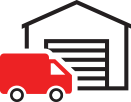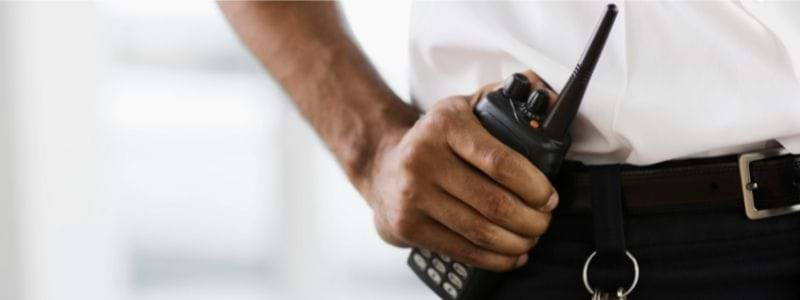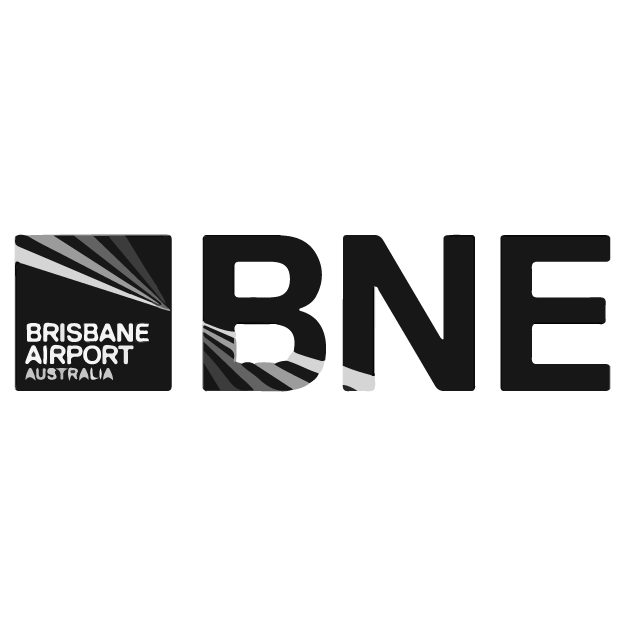Working in Airports requires specialist skills
Over the last 15 years, Displays 2 Go has developed a niche in providing solutions within the airport environment. Airports are unique locations for displays and installations, with strict and unique requirements. Consistently achieving successful outcomes in airports requires experience and careful logistics management.
Working 'airside' (on the other side of security) requires an in-depth understanding of the workings of an airport and the security regulations that surround it. On-site crew require airport security clearance and a thorough understanding of the protocols that apply.
We have developed retail solutions, pop-up booths and sampling campaigns in airports around Australia, supporting brands to reach more people in a highly competitive but lucrative environment.

DESIGN
We create impactful product merchandising.
BUILD
We build effective, quality display solutions.

MANAGEMENT
We ensure that your project is delivered on time and on budget.
LOGISTICS
We'll take care of all the logistics, so you don't have to.
PACK IN / DOWN
We install and pack down, liaising with all key stakeholders.

STORAGE
We're happy to store your display gear in our warehouse.
A few things to consider when working at an airport

Airport Security
Airport security is the number one consideration and requires experience and knowledge in order to keep stakeholders happy.

Display Space
There are strict rules around the use of retail space and height restrictions on displays that must be adhered to. These are similar to rules in malls, another environment we are very familiar with.

Timings
Working in airports requires familiarity with arrivals and departures, as well as knowing when airports are closed. Any substantial work needs to be completed outside of open hours, which for most airports is after midnight.

People
There are number of key individuals that you need to work closely with in order to manage effective airport campaigns. These include airport management and security teams.
Some considerations when working in an airport
Without proper authorisations and qualifications, it is almost impossible to work in an airport as a contractor. Our team at Displays 2 Go has experience working in both land-side and air-side of airports across Australia. It is this experience that helps us to anticipate and eliminate risks, to ensure campaigns run smoothly.
A company working land-side in an airport is typically required to:
- Submit an Airport Works Plan (AWP)
- This includes companies either directly engaged by the airport or engaged by a tenant, retailer or airline at the airport. If projects are contracted by one of these groups they are typically considered 'third party works'.
- An approved AWP must be posted on a hoarding, stored at the worksite, or carried on person by any contractors conducting works. The works must comply with the conditions on the AWP, such as scope, hours of work, and location.
- Any company working land-side must typically have a nominated Airport Project Manager at the airport - this person must approve the AWP for security to allow the works.
- Anyone working land-side in an airport must have a 'Landside Terminal Identification Card'
Air-side is invariably more strict, as all passengers in this area have already passed through airport security screening. Any company working air-side in an airport is typically required to:
- Submit an Airport Works Plan (AWP)
- This includes companies either directly engaged by the airport or engaged by a tenant, retailer or airline at the airport. If works are contracted by one of these groups they are typically considered 'third party works'.
- An approved AWP must be posted on a hoarding, stored at the worksite, or carried on person by any contractors conducting works. The works must comply with the conditions on the AWP, such as scope, hours of work, and location.
- Any company working air-side must typically have a nominated Airport Project Manager at the airport - this person must approve the AWP for security to allow the works.
- Contractors must have either an 'ASIC' card (no escort required) OR be a nominated person under the AWP.
- Book in a security escort with the airport's nominated security company - this is typically an additional cost to clients based on number of escorts required.
- Must have submitted a 'tools of trade' form specific to the AWP - any tools not listed and approved won't be allowed on site, therefore high level of planning is required.
- All tools and construction materials must pass through security screening at the nominated airport. This has a bearing on how large the dimensions of any element can be; for example, Sydney Airport has a maximum dimension of 1200mm wide x 1200mm high for their security x-ray machine, and anything that cannot pass through is not allowed on site.
It's not easy
Working in airports takes a lot of organising and can be frustrating for those unfamiliar with the requirements. Many clients come to us for their airport projects because we understand the pitfalls and know the stakeholders.
Talk to us today
For a no-obligation chat about working and selling products within airports, please contact us TODAY. With over 15 years experience in this environment, we would love to share some of our insights and experience with you.
Let's build your business better, together.
We have worked with the following airports
We're justifiably proud of the work we do and the brands we work with. Here are the airports we have worked with over the past few years.










